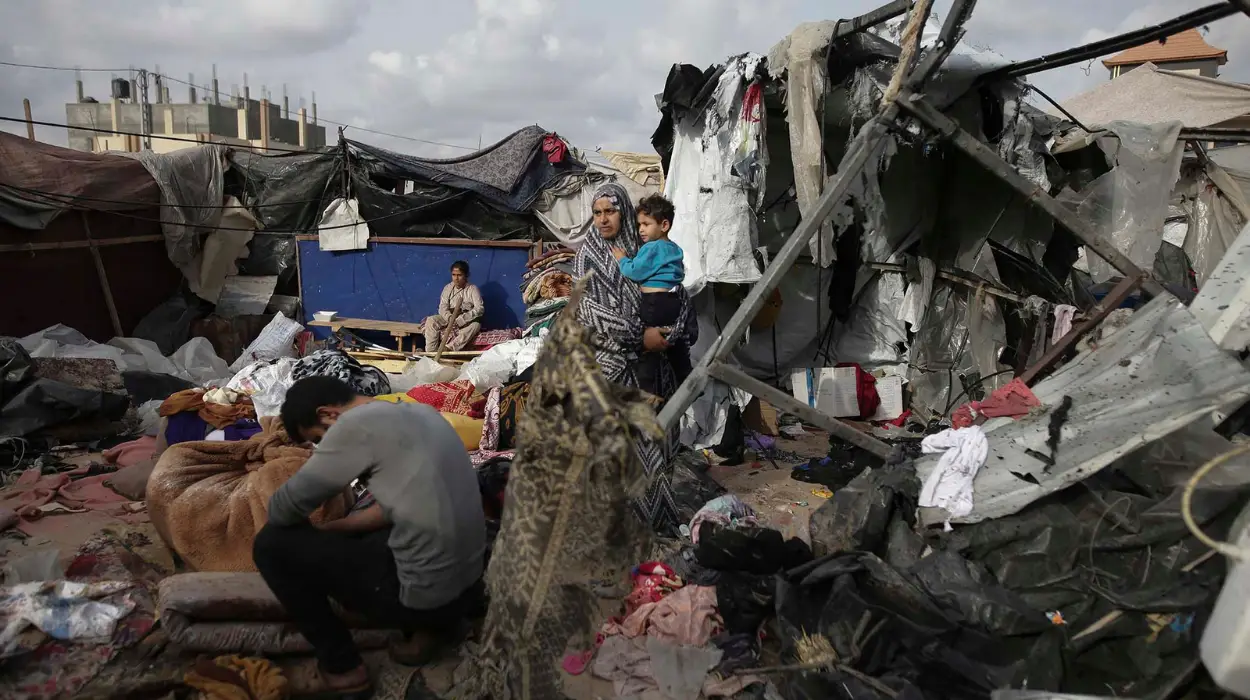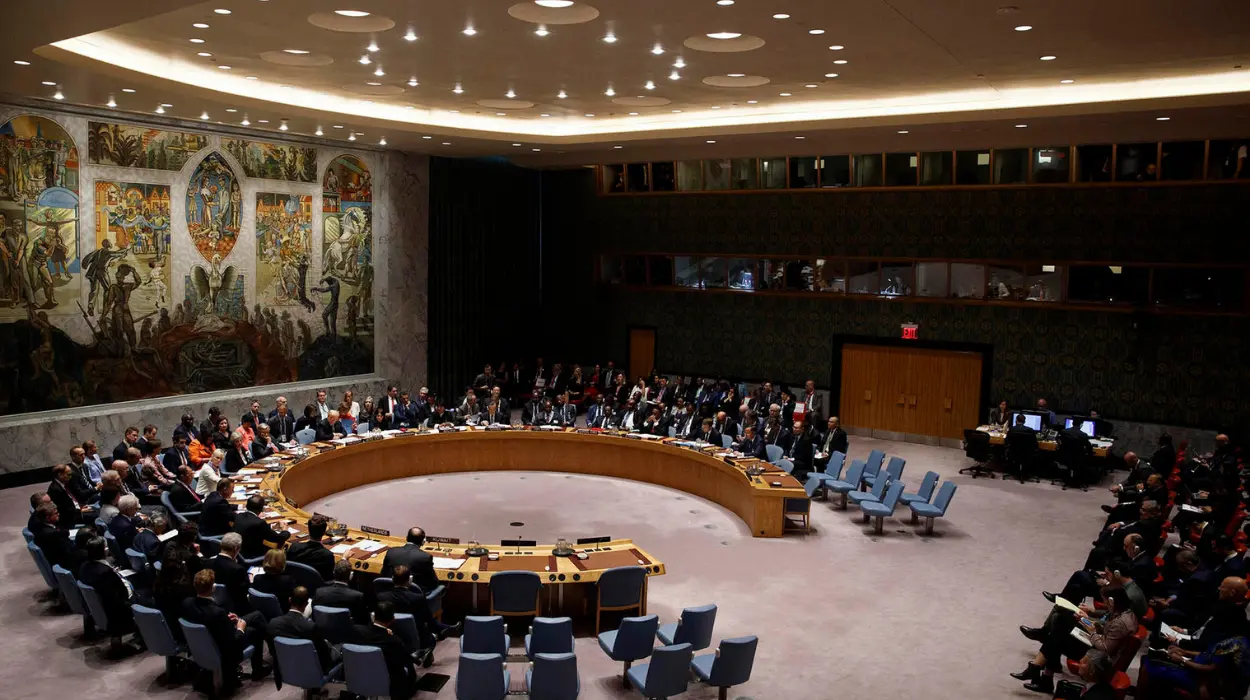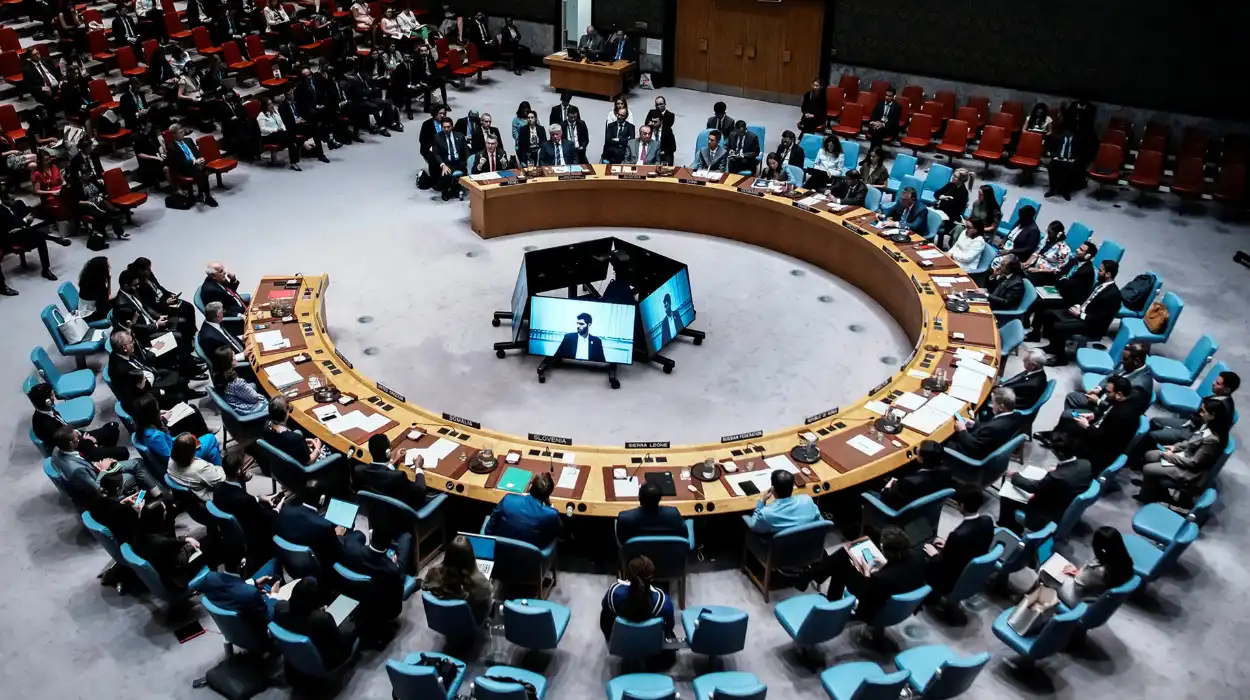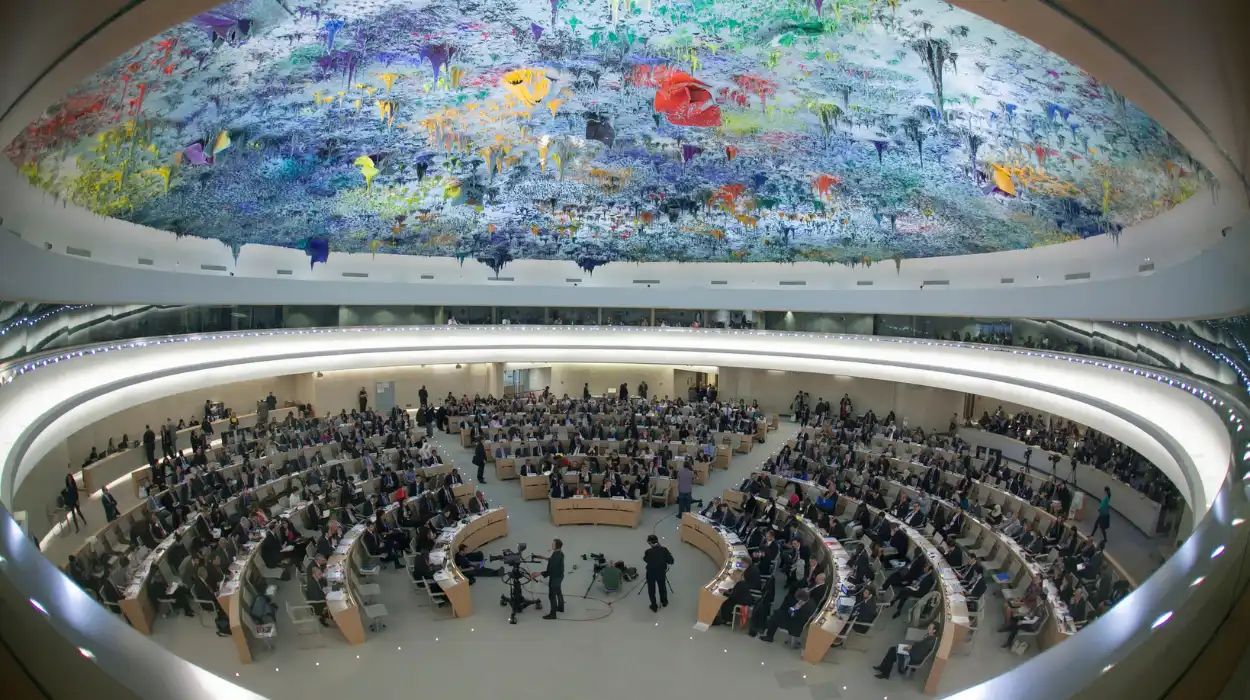In 2025, the Africa debt situation will be determined by its accumulated debt in the external market, with all the obligations exceeding 1.3 trillion. This is after almost ten years of high accumulation associated with the growth of infrastructure, fiscal challenges, and the frequent crises around the world. Concentration risks and systemic vulnerabilities are manifested by the fact that major economies like Nigeria, South Africa and Egypt have over half of the continental debt. According to recent regional economic estimates, there will be a moderate slowdown in borrowing and slight decrease in debt-to-GDP ratios by the end of the 2020s, which will be facilitated by tightening of fiscal policies and growth of commodity revenues at a slow pace.
Nonetheless, there are still considerable adversities. More than 60 percent of African nations still violate the IMF target levels of debt sustainability and at least 14 states have now topped a 180 percent debt-exports ratio. This introduces powerful solvency issues in already inflation-touched, currency devalued and weakly governed economies. Policy analysts predict in 2025, debt service costs will sharply increase especially to countries such as Ghana and Zambia and this will lower fiscal space in these countries to spend on important development activities and strengthen the argument on the need to implement wholesale global financial reform agendas.
The Case For Global Financial System Reform
The international financial institutions that were established decades ago are finding it hard to react suitably to the dynamic demands of the African economies. The design of the global system is based on the post-war power relations and is no longer relevant to the digitalized, climate-endangered, and multipolar world today. In the 2025 Financing for Development Forum, UN Secretary-General Antonio Guterres cautioned that the system has been outdated and unjust, especially in restricting decision-making authority over African states, as well as in its restrictions to affordable liquidity.
The boards of key financial institutions continue to underrepresent African nations and this is limiting the way global financing instruments are geared towards the development priorities of Africa. Such a gap in governance is one of the issues that lead to the lack of credibility of the international economic support and makes it difficult to implement the long-term reform strategies.
Debt Relief Mechanisms And Their Limitations
Current models of debt relief HIPC, MDRI, and the G20 Common Framework have relieved some of the pressure but have been inadequate in structural causes of debt distress. A large amount of relief packages has massive conditions under which the domestic policy freedom is limited and recovery is hampered. The G20 Summit in Johannesburg in 2025 reiterated the vow to establish additional adaptable restructuring channels and enhance transparency in negotiation with creditors, however, finance ministers in Africa have claimed that the respective timelines are still too slow to avert future crises.
Reports issued at the beginning of the current year indicate growing impatience regarding the slowness in restructuring of negotiations with the private creditors who hold an increasing percentage of the debt portfolios of a country and who tend to resist terms that are concessional. These stallings enhance fiscal instability, and hinder long term planning of investments.
Regional Strategies Aligning With Global Reform Aspirations
The African Union has taken a step towards ensuring that the concept of financial sustainability is incorporated in its overall development agenda. The chairperson of the AU Mahmoud Ali Youssouf highlighted the necessity of predictable and fair financial systems that help in the process of peacebuilding and inclusive development. Agenda 2063 has made domestic revenue mobilization, anticorruption and transparent reporting on debt its major components to continental stability.
Governments in Africa are becoming more and more concerned with adopting debt management mechanisms that would enhance borrowing discipline, financial instrument diversification and overexposure to exogenous shocks. These national projects are placed as critical supplements of world system change.
Enhancing Multilateral Cooperation And African Representation
African leaders are still demanding greater representation in the world governance bodies such as permanent seats in the UN Security Council and extended voting powers in the IMF and World Bank. The awareness that dialogue between the UN and the AU in 2025 will serve as the reaffirmation of the shared belief that providing Africa with a more powerful voice is the key to sustainable financial reform.
The above governance requirements are coupled with demands of more equitable global taxation policies, new funding schemes, and climate-adjusted financing schemes that can decrease the pressure of costly interest borrowing.
Practical Challenges And Economic Headwinds
Although there is an indication of a decrease in the interest rates in the world, a lot of African nations still experience prohibitively high-interest rates. The Eurobonds and the private creditors are heavily relied upon which poses great risks of refinancing. Some financial market evaluations in early 2025 underscore the fact that uncertainties around sovereign credit ratings and the decrease in reserve buffers have pushed risk premiums up making it difficult to get cheap capital.
There are governments that are considering regional capital markets and sovereign wealth funds to minimize foreign borrowing but these solutions have to take time, institution stability, and investor confidence.
Climate And Geopolitical Risks Impacting Financial Stability
The susceptibility of African climate change to debt sustainability is one of the biggest threats. Extreme droughts, cyclones and floods in 2024 2025 has boosted the emergency spending and cut down on agricultural production. Reconstruction strains budgets that are already drained with servicing of debts.
Meanwhile, the fiscal pressures have been further worsened by the geopolitical tensions such as Red Sea shipping disruptions, Sahel instability, and the volatility of the global energy market. These intersecting shocks indicate the necessity of comprehensive financial, climate, and security policies.
Prospects For Unlocking Africa’s Development Potential
The success of financial reforms and debt relief converging the development goals of the African continent by 2025 will largely depend on the success of the domestic structural adjustments. The sustainable management of debt should be accompanied with the investments, which will encourage the creation of jobs, innovation, and inclusion of the society. According to Antonio Guterres (January 2025), the world should not abandon Africa which hosts almost a quarter of the human population. His words are indicative of increased awareness around the world that the African economic strength is strongly connected to the stability in the international system.
The second stage of reform is still placed on restoring trust between African governments and international financial organizations. This involves open debt operations, believable governance enhancements and concerted regional reaction to outside shocks. On the international level, stakeholders have the task of adjusting the multilateral systems to the new realities whilst also making sure that the reforms have a meaning to African development in the long-term.
It is a moment to restructure the financial architecture, to empower the African leadership in the international organizations and to establish more responsive and inclusive structures able to meet the demands of the 21st century. The ability of these reforms to help bring the sustainable development into an accelerated stage would rely on the effectiveness with which domestic aspirations and international undertakings come together as Africa walks the economic uncertainties of the mid-2020s and beyond.








